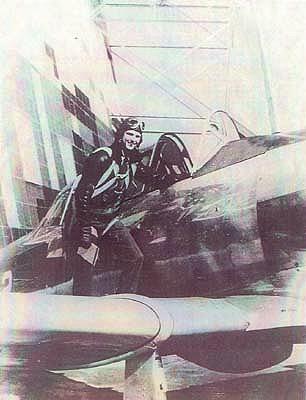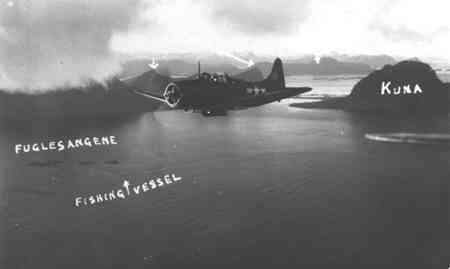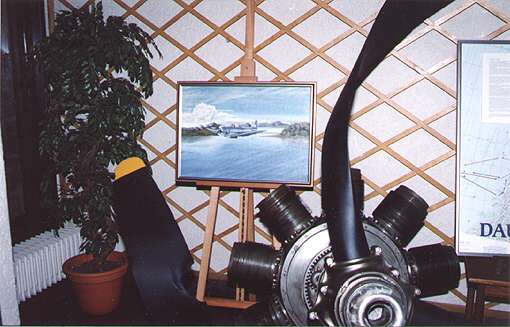|
|
||||||||||||||||||||||||
 |
||||||||||||||||||||||||
|
|
||||||||||||||||||||||||
|
||||||||||||||||||||||||
|
|
||||||||||||||||||||||||
 |
||||||||||||||||||||||||
 |
||||||||||||||||||||||||
 |
||||||||||||||||||||||||
|
|
||||||||||||||||||||||||
|
|||||||||||||||||||||||||||||||||||||||||||||||||||||||||||||||||||||||||||||||||||||||||||||||||||||||||||||||||||||||||||||||||||||||||||||||||||||||||||||||||||||||||||||||||||||||||||||||||||||||||||||||||||||||||||||||||||||||||||||||||||||||||||||||||||||||||||||||||||||||||||||||||||||||||||
|
The Ring |
|||||||||||||||||||||||||||||||||||||||||||||||||||||||||||||||||||||||||||||||||||||||||||||||||||||||||||||||||||||||||||||||||||||||||||||||||||||||||||||||||||||||||||||||||||||||||||||||||||||||||||||||||||||||||||||||||||||||||||||||||||||||||||||||||||||||||||||||||||||||||||||||||||||||||||
|
By Clyde A. Tucker, III |
|||||||||||||||||||||||||||||||||||||||||||||||||||||||||||||||||||||||||||||||||||||||||||||||||||||||||||||||||||||||||||||||||||||||||||||||||||||||||||||||||||||||||||||||||||||||||||||||||||||||||||||||||||||||||||||||||||||||||||||||||||||||||||||||||||||||||||||||||||||||||||||||||||||||||||
|
For centuries, men and women have worn rings on their fingers for a variety of reasons. Some have worn rings to display power, position, affiliation, or wealth. Others have worn rings to remind themselves of their love, devotion, and faithfulness to an individua In 1941, this ring began its miraculous journey into my possession when my Grandfather, Clyde A. Tucker, Sr., purchased it for my Father, Clyde A. Tucker, Jr. With great pride, my Grandfather had their initials engraved into the ring. On September 23, 1941, the ring was given to my Father on his twenty-first birthday, the same year that he earned his Navy wings. He was a Navy pilot and World War II was raging. Two years later, having completed all of his requirements to receive his promotion to lieutenant at age 23, Lt(jg) Tucker was stationed aboard the USS Ranger operating in the North Atlantic. His squadron, VB-4, "Top Hatters," flew Douglas Dauntless dive-bombers. On October 4, 1943, with the Ranger was positioned about 100 miles off the coast of Norway, north of the Arctic Circle, a mission labeled OPERATION LEADER was launched. OPERATION LEADER consisted of two attack groups. One group of 20 Douglas Dauntless dive-bombers with a fighter escort was directed to attack German shipping near the Norwegian port of Bodø. The second strike group, consisting of 9 Grumman Avenger torpedo-bombers with fighter cover, was sent to the fjords near Sandnessjøen, Norway. All planes were ordered to fly below 100 feet to avoid enemy detection and radio silence was maintained. These strikes had a twofold purpose. First, the obvious purpose was to sink or damage as many German ships as possible. Second, to encourage the Norwegian resistance, who had begun to become discouraged as none of the allies had shown any interest in freeing their country, to continue their fight. Flying north, crossing the Arctic Circle, heading for Bodø, the northern strike force (including VB-4), encountered a few small vessels, which they quickly destroyed. The natural harbor of Bodø is a fjord, sheltered by barrier islands. In the middle of the harbor were three moored, ore-carrying freighters, riding low in the water. The antiaircraft guns, more numerous than intelligence had predicted, positioned on the hillsides around the harbor, began firing as soon as the strike force entered the harbor area. Selecting a freighter as their target, the VB-4 squadron leader led his squadron into attack position and the enemy was engaged. Lt(jg) Tucker's military training took control of his concentration, not to be distracted by thoughts of his wife and unborn child, not to be distracted by thoughts of his Mom, Dad, or younger brother, not to be distracted by thoughts of the young turret gunner in the back seat who wanted to get safely home to his parents, focusing only on the mission at hand. His first run was smooth and accurate, culminating in a clean bomb release. He pulled out of his dive, started a slow port turn, positioning his aircraft for another run. At the apex of his climb, there was a blinding flash immediately in front of the aircraft, no sound, no feeling, no thoughts of this life; he and his turret gunner were killed instantly. The aircraft made a slow, seemingly controlled decent and crashed into the sea just outside the harbor. As it filled with water, the aircraft rolled onto its back and slowly sank into the North Atlantic. This man-made instrument of death and destruction, Douglas Dauntless No. 19, had been transformed into a coffin seemingly for eternity. The deceased Father, Clyde A. Tucker, Jr., began the unknown wait for transference of his heritage, represented by his engraved ring, to his son; the unborn son, Clyde A Tucker, III, began the unknown wait to receive his heritage from his Father, represented by that same ring. In 1990, a group of amateur scuba divers, who were also Norwegian Air Force pilots, discovered the wreckage of a US Navy aircraft in the North Atlantic, just outside the harbor of Bodø. Salvage operations began, and when completed, the aircraft, the personal and military items, and the skeletal remains of two airmen were sent to the United States for positive identification. The unsuspecting families of two airmen, when notified, revisited long past uninvited sorrow. Fifty years after his death, March 28, 1994, the remains of my Father, Lt Clyde A. Tucker, Jr., were interred in Arlington Memorial Cemetery, with full military honors. Among the family, friends, and dignitaries attending were my wife, my children, my mother, and me. At the grave site, after all of the ceremonies, while people were greeting each other, three US Navy officers appeared and presented to me the only personal item of my Father's that was recovered from the wreckage. To the amazement of everyone there, it was his ring, and it fit me perfectly. Most people consider the value of their rings in financial terms, purity of metal, or weight and size of stone. I, on the other hand, am compelled to consider my ring in terms of loves lost, relationships never made, and memories never formed. The value of my ring can only be expressed by the never realized possibilities of a life with my Father. God alone has set the price for my ring, and only He knows when it is completely paid for. I only know that I continue to pay. |
|||||||||||||||||||||||||||||||||||||||||||||||||||||||||||||||||||||||||||||||||||||||||||||||||||||||||||||||||||||||||||||||||||||||||||||||||||||||||||||||||||||||||||||||||||||||||||||||||||||||||||||||||||||||||||||||||||||||||||||||||||||||||||||||||||||||||||||||||||||||||||||||||||||||||||
|
|||||||||||||||||||||||||||||||||||||||||||||||||||||||||||||||||||||||||||||||||||||||||||||||||||||||||||||||||||||||||||||||||||||||||||||||||||||||||||||||||||||||||||||||||||||||||||||||||||||||||||||||||||||||||||||||||||||||||||||||||||||||||||||||||||||||||||||||||||||||||||||||||||||||||||
|
Air Group 4 - "Casablanca to Tokyo" |
|||||||||||||||||||||||||||||||||||||||||||||||||||||||||||||||||||||||||||||||||||||||||||||||||||||||||||||||||||||||||||||||||||||||||||||||||||||||||||||||||||||||||||||||||||||||||||||||||||||||||||||||||||||||||||||||||||||||||||||||||||||||||||||||||||||||||||||||||||||||||||||||||||||||||||
|
|
|||||||||||||||||||||||||||||||||||||||||||||||||||||||||||||||||||||||||||||||||||||||||||||||||||||||||||||||||||||||||||||||||||||||||||||||||||||||||||||||||||||||||||||||||||||||||||||||||||||||||||||||||||||||||||||||||||||||||||||||||||||||||||||||||||||||||||||||||||||||||||||||||||||||||||
 l or group. The most common reason for wearing rings is simple adornment. Few people, however, have ever proudly worn a ring that symbolizes loneliness, emptiness, and longing. I am one of the few, and mine is one of those rings.
l or group. The most common reason for wearing rings is simple adornment. Few people, however, have ever proudly worn a ring that symbolizes loneliness, emptiness, and longing. I am one of the few, and mine is one of those rings.


